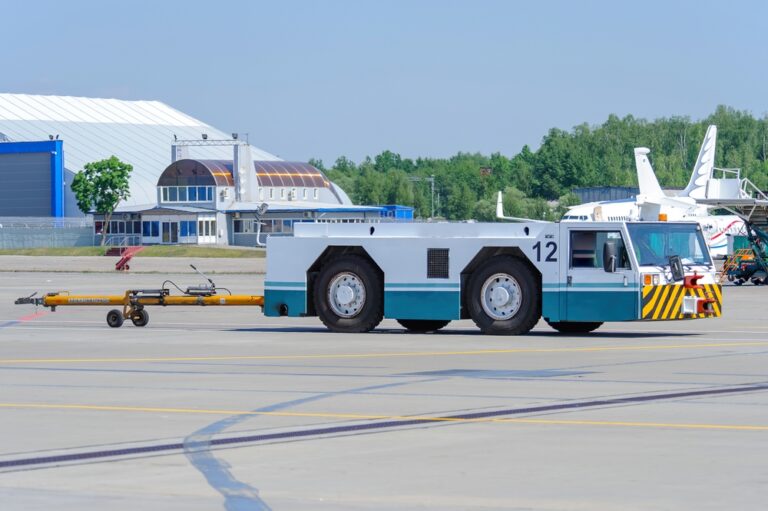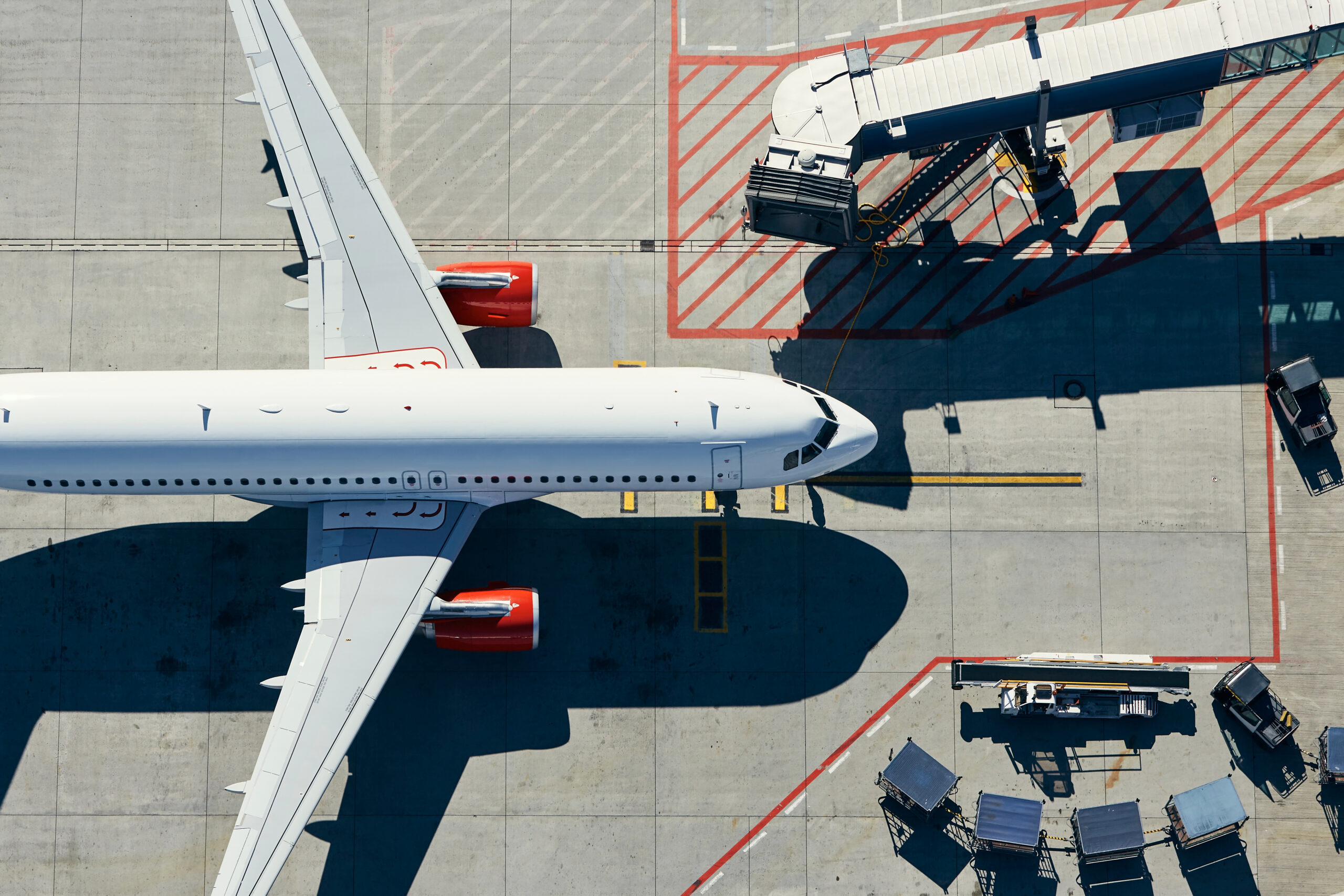The aviation sector faces vexing questions about how it will reduce greenhouse gas emissions. While it represents only 3% of global greenhouse gas emissions today, this share is growing and is expected to represent up to 20% by 2050. For long-haul flights, there is only one viable alternative to fossil kerosene at present: sustainable aviation fuel (SAF), in which carbon pulled from the atmosphere—either directly from the air (so-called e-SAF) or indirectly via biomass (bio-SAF)—is combined with hydrogen produced in a non-emitting way. Generally speaking, bio-SAF is cheaper than e-SAF, but its ultimate potential may be limited: when it comes to utilizing biomass, food rightly takes precedence over fuel.

Given that SAF production is still an immature industry (but we have invested in a company looking to change this), flying people to and fro will continue to be a net-negative for the climate for the next several years at least. While SAF scales up, however, another, vastly less-scrutinized sub-sector of aviation could move much more quickly: airports.
“The low-hanging fruit of aviation decarbonization is not in the air, it’s on the ground,” says Emerald energy Partner Christoph Frei.
Frei, who was recently named to the climate advisory council of Vancouver International Airport, has been following airport decarbonization for years. In decarbonizing airports, the strategies he points to include several that will be familiar to the broader energy transition community, but with some additional caveats, challenges and opportunities.
Electrify, electrify, electrify
First off, electrify, electrify, electrify. As with many other parts of the global economy, replacing fossil fuel-burning products and processes with electricity from clean sources will be crucial for airport decarbonization. For some parts of airports, this is relatively straightforward. Buildings and facilities plugged into the local grid can go green in tandem with broader trends in the country and community. Solar plants purpose-built for airports can displace polluting grids; such schemes could even see airports exporting electricity to surrounding areas, helping to stabilize the grid during periods of peak demand.
The picture gets more complicated for the ground equipment that airport managers use to facilitate the intricate dance of airplanes as they taxi, take off and land and that represent 5% of total air traffic emissions. A big part of airport decarbonization involves electrifying these machines—which today are 70% diesel operated—via batteries. Such equipment—especially the vehicles that help airplanes push back from gates—must be as safe and reliable as vehicles can be, as airplane push-back is a sensitive, exquisitely-timed process. No one wants to add an additional potential source of delay and complexity.
While batteries are improving their durability in a wide range of inclement conditions, their performance can still be less-than-optimal in conditions such as extreme heat or cold, or if the ground under the vehicle wheels is vibrating—all common occurrences at airports, where massive machines trundle around constantly. Such batteries must also be virtually 100% spark-free, lest they start a fire in the presence of jet fumes.

Riding an innovation updraft
The key to solving these puzzles is innovation. Emerald portfolio company Colibri, for one, has developed an ultra-robust, ultra-durable battery for just such an application. As more airports pursue decarbonization, such battery-boosting efforts will surely intensify.
At the same time, airports can and should do more to facilitate the green transition of aviation as a whole. While the shift from traditional kerosene to SAF will not require new infrastructure or equipment at the airport itself to fuel jets—one of the main reasons SAF is the clear leader in aviation’s long-term net-zero journey—if batteries or hydrogen end up spreading in short-haul flight, airports will need to adapt. Hydrogen in particular would require significant infrastructure upgrades, as it is a finicky gas that cannot be transported in conventional ways.
Leading, not just following
Undergirding all this is the question of who is going to pay for all this. As critical infrastructure of national importance, airports typically enjoy stable, secure funding streams, with big capital upgrades planned years in advance. The needs of the energy transition could scramble this pattern, however, as new outlays must be set aside for novel shifts like massive spikes in electricity use. Stakeholders will need to think outside the box to make sure funding does not dry up.
Still, as seen in Vancouver—not to mention other fast-decarbonizing airports like Doha and Amsterdam—airports have an opportunity to not just chase trends in sustainability, but to demonstrate leadership and creative thinking on this issue. We are excited to track and boost the progress of this important slice of one of the world’s most important sectors.
More on decarbonization:
INERATEC, sustainable aviation fuel vanguard, scores Emerald investment
Emerald advances airline logistics decarbonization with Colibri Energy investment
More carrots for the energy transition: an interview with Gerry Protti & Charles Vaslet
